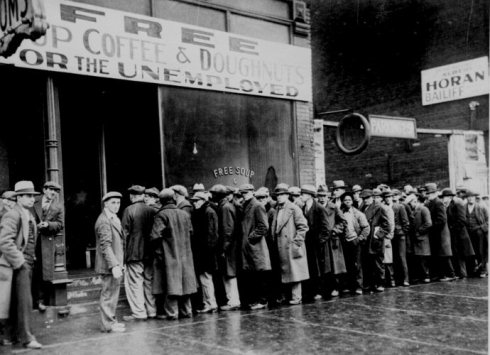
I’m not particularly a raving fan of post-apocalyptic or dystopian fiction. I feel as though those genres, while falling into what some may call speculative fiction is ultimately the realm of Science Fiction and my preference is truly all things horror. However, I must recognize a good work of fiction when I read it and so I admit, there are indeed thrilling examples of dystopian fiction, many of which are being produced in our time.
Fiction, especially horror and speculative fiction, tends to reflect modern day’s anxieties. I suppose that could be said for all works of art but horror and science fiction do an interesting thing in that they elevate fears and put us in the scenario of “What if…”
You can look around and see that many of our modern day fears are indeed heightened in works of fiction. Our fear of chemical warfare and widespread illness is evident in the explosion of fiction regarding zombies. Our worries of socio-political declines, warfare, population controls and dwindling of natural resources is present in ever-evolving story lines about the end of days. Then there is the dystopian society, and this seems to be showing up everywhere, from novels to film.
First, we all know what is a utopia, it is the ideal society with a perfect socio-political system. A dystopia is the opposite of utopia and is typically shown in media and fiction as a repressed society under a controlled state. One of the most popular works of fiction depicting a dystopian society is George Orwell’s Nineteen Eighty-Four. Other popular works of fiction depicting a dystopian society include Aldous Huxley’s Brave New World and Margaret Atwood’s The Handmaid’s Tale.
The dystopian novel features a repressed society and explores human control, human abuse of technology, the human collective, the downfalls of human individuality and spiritual evolution.
There is emphasis to follow the group and to not deviate from previously prescribed forms of behaviors and rituals. Nature is usually set apart from the society, and often individuals are made to avoid nature altogether. The political structure is usually seen as ruling with a fierce iron hand and is often brutal and uncaring, and followed by the majority without question.
The following elements are common in dystopian narratives:
Back Story – The universe and the world being presented is completely fictional and so a back story is needed early on to establish the rules of the world. The back story also includes the previous conflict, whether chemical warfare, world war, revolution, or some other critical movement that caused the world to change.
Additionally, advanced technologies are also often presented at this point, very often with the lower class society having access to limited technology while ruling and upper classes have access to advanced technologies.
Hero – An insider is presented that is disgruntled with the current rules and regime. They begin to experience the possibility that their present way of living can change. They begin to question themselves, their actions and their authorities. Important, as previously mentioned the protagonist is typically always an insider and not an outsider such as often shown in other works of fiction, as the insider of the dystopian world is the one who provides the rules of the world.
Conflict – The conflict typically brings the protagonist in complete opposition with a ruling member of the dystopian society. The protagonist attempts change during this conflict.
Climax /Denouement – There are either two routes for the ending – the conflict ends with the protagonist learning that their current existence cannot and will not change. Or, a revolution ensues where the ruling class is defeated by an uprising of the various lower/upper classes/those frustrated with the regime and the previously established norms are changed to allow freedoms and individuality.
Goodreads has an interesting list of dystopian fiction. Find the best fit for your reading pleasure.
-Gravedigger


